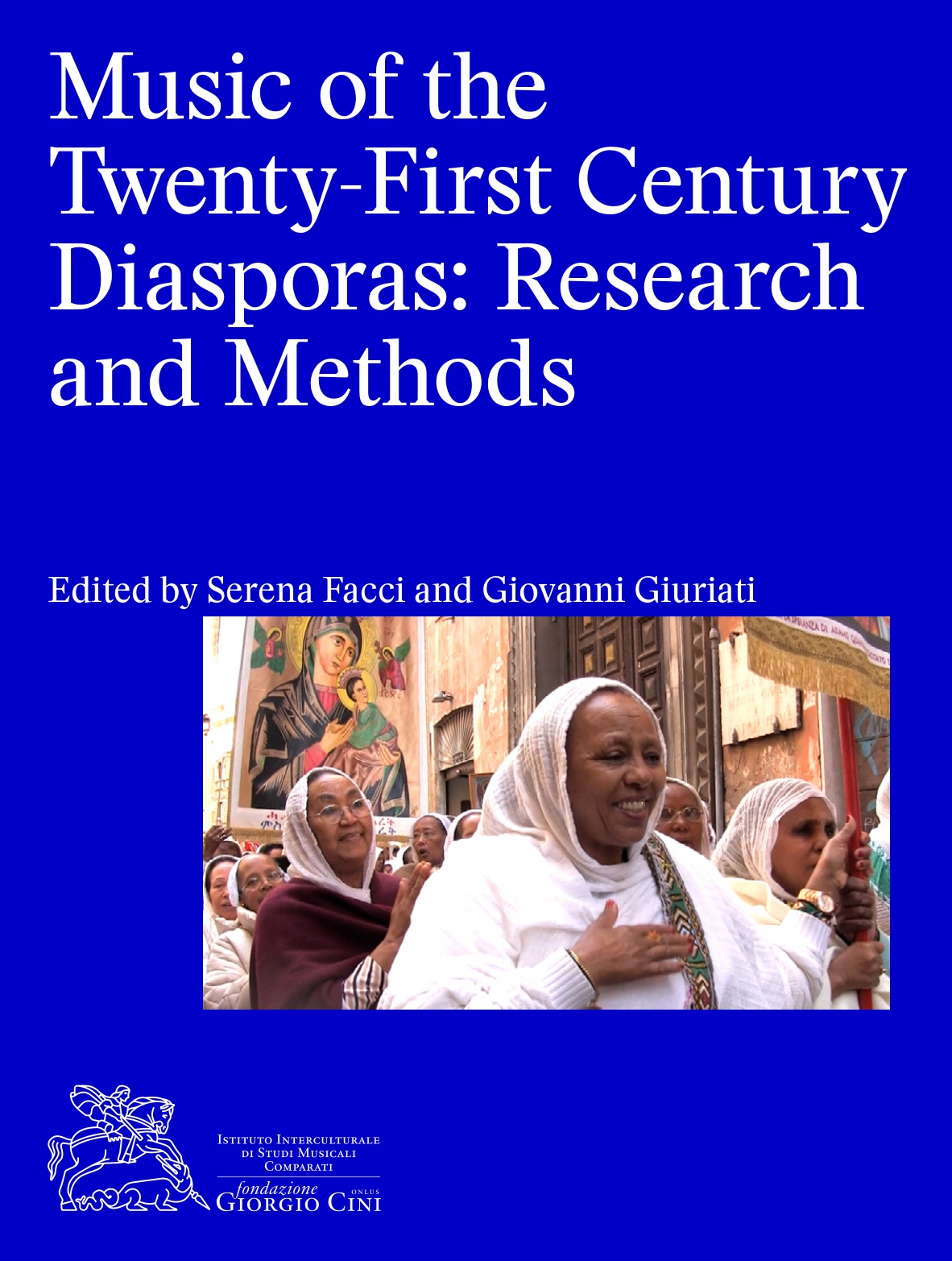Music of the Twenty-First Century Diasporas: Research and Methods
The volume Music of the Twenty-First Century Diasporas: Research and Methods is the third in a series of online publications by the IISMC, stemming from the international ethnomusicology seminars that the Institute organises each year. It is a series that addresses current and original research topics, contributing to an international debate on the discipline and at the same time constituting an important educational tool, especially at university level. Edited by Serena Facci and Giovanni Giuriati, the volume derives from the seminar bearing the same title organised in San Giorgio in 2020, just before the outbreak of the pandemic. Through the contributions of various authors, mostly Italian, it aims at providing a multi-voiced reflection on the musical life of the many migratory contexts that can be observed in Italy.
A vivid and varied picture emerges from the contributions, both in terms of the particularities of the musical cultures called into play and of the research themes: interaction with Italians, transmission of musical knowledge among second generations, role of musicians and their dynamic relationship with the ‘motherland’, transnationalism of sacred musics, use of technologies that are increasingly involved in – and determining – the construction of feelings of belonging in the broad and everchanging diasporic borders.
An extensive introduction by Serena Facci and two important chapters by Adelaida Reyes and Francesco Remotti lucidly contribute to tackling the theoretical issues underlying the volume. This initial theoretical part is followed by the presentation of original research conducted by young scholars on the musical practices of various diasporic communities that have settled in Italy recently or for a long time, including Armenians, Chinese, Ukrainians, Eritreans and Sikhs. The last part of the volume takes up, in the light of the research presented, questions of method concerning this peculiar and intrinsically transnational object of research.
In the papers the reader may find several links to audio and video examples that illustrate the research by means of audiovisual documentation, making this volume fully multimedia.
